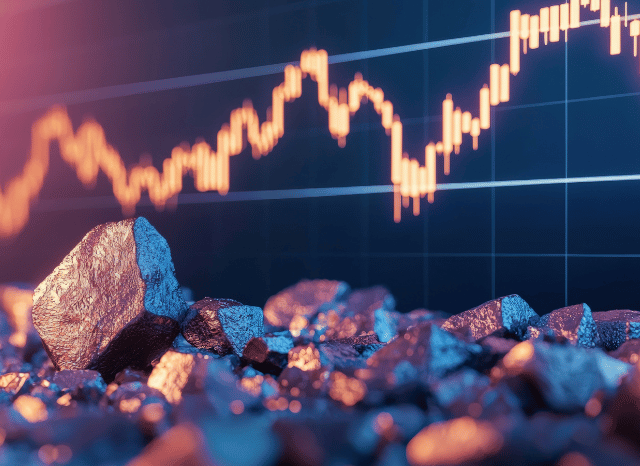Scarce Earth Ingredient Minerals: World Provide and Demand from customers by Stanislav Kondrashov

The strategic metals powering the Vitality transition are now centre phase in geopolitics and marketplace.
The moment confined to market scientific and industrial circles, uncommon earth elements (REEs) have surged into world headlines—and once and for all purpose. These seventeen components, from neodymium to dysprosium, are classified as the creating blocks of recent technological know-how, enjoying a central role in anything from wind turbines to electric automobile motors, smartphones to defence units.
As the entire world races to decarbonisation and digitalisation, demand for REEs is soaring. Their part during the Power transition is vital. Significant-overall performance magnets created with neodymium and praseodymium are important to the electric motors used in the two EVs and wind turbines. Other REEs like europium and terbium are valuable for lighting, shows, and optical fibre networks.
But source is precariously concentrated. China now leads the sourcing, separation, and refining of rare earths, managing in excess of 80% of global output. This has remaining other nations scrambling to create resilient provide chains, reduce dependency, and protected entry to these strategic assets. Because of this, uncommon earths are now not just industrial products—they're geopolitical belongings.
Investors have taken Take note. Fascination in rare earth-similar stocks and Trade-traded funds (ETFs) has surged, driven by both of those the growth in clean up tech and the desire to hedge from supply shocks. Still the market is advanced. Some businesses are read more still during the exploration phase, Some others are scaling up production, even though a few are by now refining and offering processed metals.
It’s also crucial to grasp the distinction between rare earth minerals and uncommon earth metals. "Minerals" confer with the Uncooked rocks—like bastnasite, monazite, xenotime, or ionic clays—that consist of scarce earths in natural type. These demand intensive processing to isolate the metallic factors. The phrase “metals,” Then again, refers to the purified chemical components used in high-tech purposes.
Processing these minerals into usable metals is costly. Beyond China, number of international locations have mastered the total industrial procedure at scale, though places like Australia, the U.S., Vietnam, and Brazil are Doing the job to alter that.
Demand is remaining fuelled by various sectors:
· Electric mobility: magnets in motors
· Renewable energy: significantly wind turbines
· Client electronics: smartphones, laptops, sensors
· Defence: radar, sonar, precision-guided methods
· Automation and robotics: progressively crucial in field
Neodymium stands out as a particularly important unusual earth due to its use in strong magnets. Other people, like dysprosium and terbium, enrich thermal stability in large-general performance applications.
The uncommon earth current market is risky. Prices can swing with trade policy, technological breakthroughs, or new supply sources. For investors, ETFs provide diversification, even though direct stock investments come with larger chance but most likely larger returns.
What’s apparent is that uncommon earths are no longer obscure chemical curiosities—they’re strategic resources reshaping the worldwide economy.